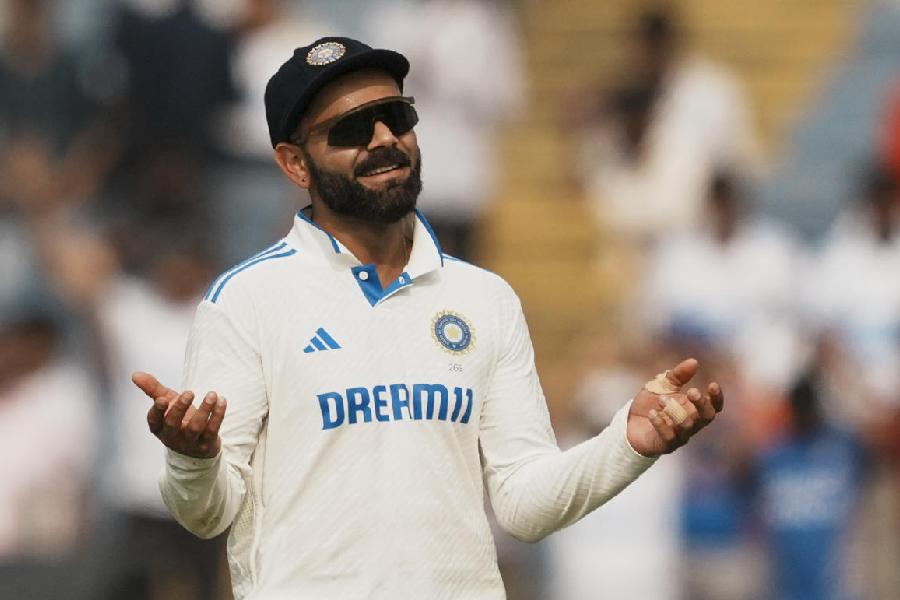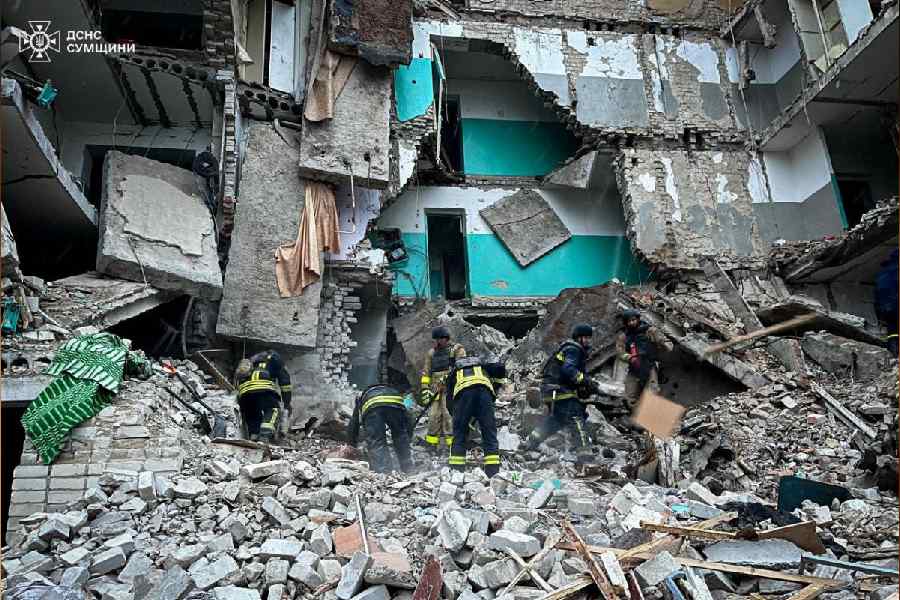 Tuesday, 19 November 2024
Tuesday, 19 November 2024
 Tuesday, 19 November 2024
Tuesday, 19 November 2024
The national capital is gasping for breath as hazardous pollution levels push authorities to implement emergency measures. Schools have gone online, courts have shifted virtual, and political blame games are heating up as Delhi battles its worst air quality in years. Here’s a breakdown of the latest developments:
Classes for 10th and 12th suspended in Delhi
With pollution levels persisting in the "severe" category, the Delhi government announced the suspension of physical classes for Class 10 and 12. Chief Minister Atishi confirmed that all classes will now shift online as part of the emergency measures under GRAP-IV. The Directorate of Education issued a circular to all schools, including those under the MCD and NDMC, urging immediate implementation.
This decision follows a previous move to suspend physical classes for younger students. The government has emphasised the importance of keeping children safe indoors, given the worsening air quality. Parents have been asked to ensure their children stay protected, as AQI levels in some parts of the city have crossed the 1,000 mark.
Delhi’s air pollution dominates COP29 agenda
Delhi’s alarming air quality was a major topic at the ongoing COP29 in Baku, Azerbaijan. Experts highlighted that some areas in the city have recorded particulate pollution levels exceeding 1,000 micrograms per cubic metre—far above hazardous thresholds. Aarti Khosla, Director of Climate Trends, stressed the need for global action to tackle pollutants like black carbon, ozone, and emissions from burning fossil fuels.
Speakers from around the world drew parallels between Delhi and other pollution crises. Courtney Howard from Canada shared how wildfires forced mass evacuations, pointing to the economic and health costs of inaction. The urgent discussions underscored how air quality crises demand immediate and collaborative solutions.
CJI calls for virtual hearings amid pollution crisis
Chief Justice Sanjiv Khanna directed all judges to allow virtual hearings wherever possible, addressing the severe pollution crisis in the national capital region. During a Supreme Court session, lawyers, including SCBA President Kapil Sibal, raised concerns about the hazardous air quality, calling for urgent measures to alleviate the situation.
The CJI assured the legal community that steps are being taken to facilitate online proceedings. The move is seen as a temporary yet critical measure to reduce exposure to outdoor air pollution. It also sets a precedent for other courts to follow in times of environmental emergencies.
BJP protests target AAP government over pollution
Delhi BJP leaders took to the streets to protest against the AAP government, accusing it of inaction amid the worsening pollution crisis. At Anand Vihar and ITO—some of the city’s most polluted areas—the party protested face masks while criticising the government’s inability to address stubble burning in Punjab, which has been a major contributor to the smog.
Delhi BJP President Virendra Sachdeva slammed the AAP for neglecting basic measures to curb pollution, including fixing damaged roads and reducing dust levels. Former Union Minister Vijay Goel echoed similar sentiments, alleging that the AAP government has relied on rhetoric over concrete action to address air quality in winters.
Work-from-home and odd-even scheme under consideration
The Delhi government is contemplating the implementation of work-from-home measures and the odd-even vehicle rationing scheme to tackle the pollution emergency. Environment Minister Gopal Rai stated that existing restrictions under GRAP-IV are being analysed to assess their impact before introducing additional measures.
Describing the situation as a “medical emergency,” Rai urged citizens to cooperate with the government’s efforts. With AQI levels consistently in the “severe plus” category, the minister emphasised the need for collective action to reduce emissions and safeguard public health.
Flight diversions and delays disrupt Delhi airport operations
Poor visibility due to bad weather and high pollution levels caused significant disruption at Delhi's Indira Gandhi International Airport on Monday. A total of 15 flights were diverted—13 to Jaipur, and one each to Dehradun and Lucknow—between 8:30 am and 3:30 pm, according to officials. Over 100 flights also faced delays, leaving passengers stranded and frustrated.
The diversions were primarily attributed to the unavailability of CAT III-trained pilots, who are equipped to handle take-offs and landings in extremely low-visibility conditions. Airlines like Air India, SpiceJet, and IndiGo alerted passengers about the possible disruptions on X (formerly Twitter). Meanwhile, Delhi International Airport Ltd (DIAL) assured that low-visibility procedures were in place and flight operations had returned to normal by the evening.







